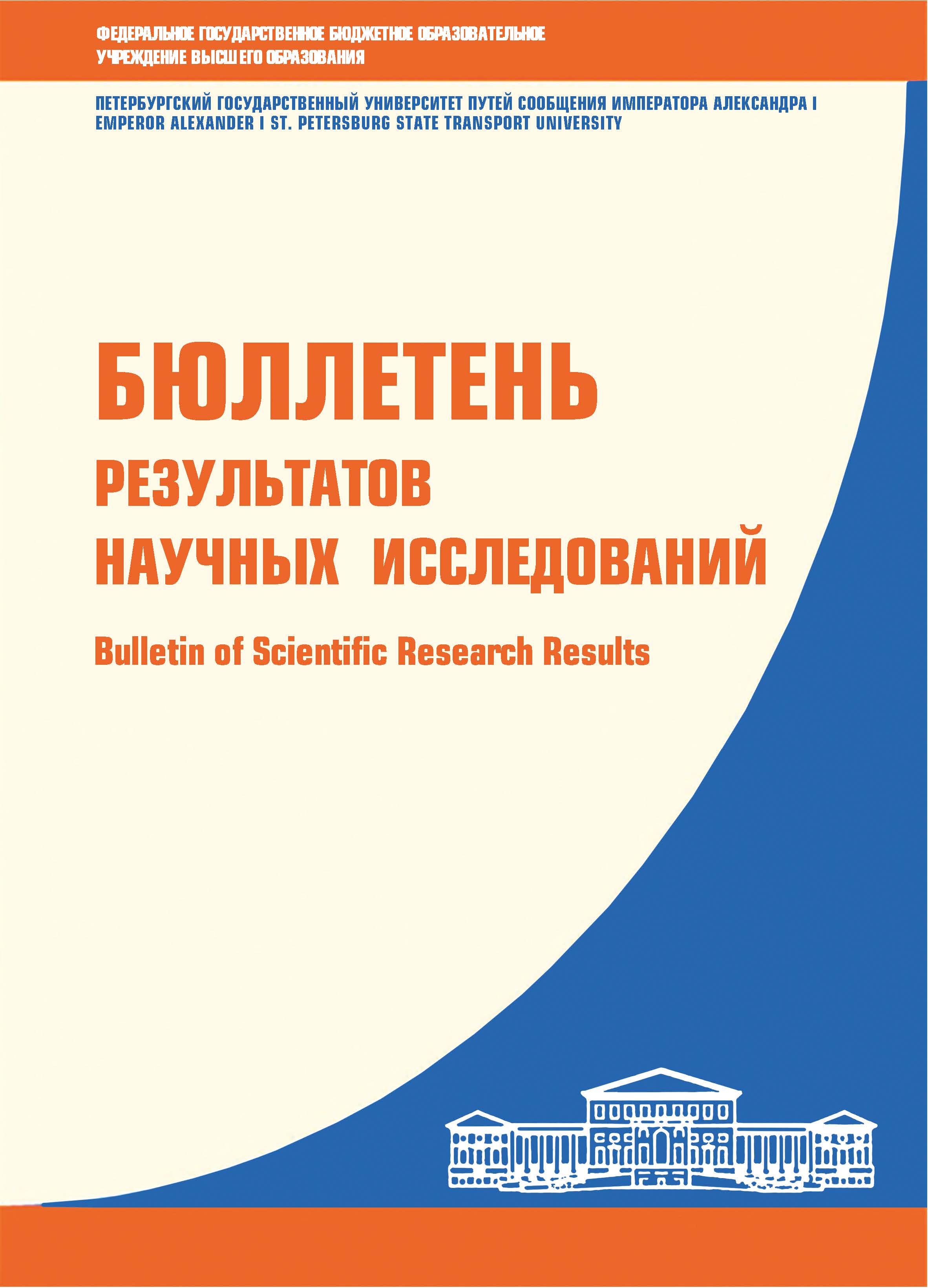Kolomna, Moscow, Russian Federation
Russian Federation
Purpose: The importance of developing automatic speed control systems for hump-shunting diesel locomotives is demonstrated. Using as an example a shunting diesel locomotive of Type TEM7A a mathematical description is provided of electric power transmission as a final controlling element of the automatic control system and of a train as a control object. A flow-chart of the control system is generated and the system’s principle of operation is designed so as to ensure the main requirements to the hump-shunting locomotives are met. The PI speed controller is developed with parameters that provide for a maximum second-order integral accuracy of speed control. Methods: Controller’s optimum values are found using the Monte Carlo simulation. Results: The results of a simulation modeling are presented. Practical significance: The designed control system is found to ensure a smooth transient response and to maintain a given value of speed within the range of 15 km/h when pushing over a hump or at breaking up, providing for an increased shunting capacity of new generation hump yards featuring shunting control systems.
Speed, shunting diesel locomotive, control system, electrical power transmission, optimization, integral inaccuracy, modeling
1. Kuznecova I. A. Ocenka tehniko-energeticheskoy effektivnosti raboty manevrovyh teplovozov putem modelirovaniya rabochih processov oborudovaniya v rezhimah ekspluatacii: special'nost' 05.22.07: «Podvizhnoy sostav zheleznyh dorog, tyaga poezdov i elektrifikaciya»: diss. ... kand. tehn. nauk / I. A. Kuznecova; AO. - M.: Vserossiyskiy nauchno-issledovatel'skiy institut zheleznodorozhnogo transporta, 2018. - 168 s.
2. Schurov N. I. Analiz rezhimov raboty silovyh ustanovok manevrovyh teplovozov / N. I. Schurov, E. G. Gurova, S. V. Makarov i dr. // Sovremennye problemy nauki i obrazovaniya. - 2014. - № 3. - S. 104.
3. Sheluhin V. I. Avtomatizaciya i mehanizaciya sortirovochnyh gorok / V. I. Sheluhin. - M.: Marshrut, 2005. - 240 s.
4. Tun A. Z. Sistema avtomaticheskogo upravleniya skorost'yu dvizheniya elektropoezda gorodskoy transportnoy sistemy goroda Yangon: special'nost' 05.13.06: «Avtomatizaciya i upravlenie tehnologicheskimi processami i proizvodstvami»: avtoref. diss. … kand. tehn. nauk / A. Z. Tun. - M.: Moskovskiy gosudarstvennyy universitet putey soobscheniya (MIIT), 2016. - 24 s.
5. Pudovikov O. E. Sistema avtomaticheskogo regulirovaniya dvizheniya perspektivnogo elektropoezda: special'nost' 05.09.03: «Elektrotehnicheskie kompleksy i sistemy, vklyuchaya ih upravlenie i regulirovanie»: dissertaciya na soiskanie uchenoy stepeni kandidata tehnicheskih nauk / O. E. Pudovikov. - M.: Moskovskiy gosudarstvennyy universitet putey soobscheniya (MIIT), 2000. - 134 s.
6. Pudovikov O. E. Sistema avtomaticheskogo upravleniya skorost'yu gruzovogo poezda s raspredelennoy tyagoy / O. E. Pudovikov, V. G. Sidorenko i dr. // Elektrotehnika. - 2019. - № 9. - S. 47-54.
7. Dong H. Automatic Train Control System Development and Simulation for High-Speed Railways / H. Dong, B. Ning, B. Cai et al. // IEEE circuits and systems magazine. - 2010. - Vol. 10. - Iss. 2.
8. Zhuravlev S. N. Sistema upravleniya silovoy ustanovkoy manevrovogo teplovoza s algoritmom avtomaticheskogo regulirovaniya skorosti / S. N. Zhuravlev // Avtomatizaciya i modelirovanie v proektirovanii i upravlenii. - 2021. - № 3-4. - S. 31-38.
9. Patent № 2616111 Rossiyskaya Federaciya, MPK B60L 15/20 (2006.01), B60L 11/02 (2006.01). Sposob regulirovaniya skorosti dvizheniya teplovoza s elektricheskoy peredachey: № 2016103650: zayavl. 04.02.2016: opubl. 12.04.2017 / C. I. Kim, S. N. Zhuravlev, A. A. Pronin i dr.; zayavitel' OAO «Rossiyskie zheleznye dorogi». - 9 s.
10. Markov V. A. Modelirovanie sistemy avtomaticheskogo regulirovaniya chastoty vrascheniya dizel'nogo dvigatelya / V. A. Markov i dr. // Izvestiya vysshih uchebnyh zavedeniy. Mashinostroenie. - 2019. - № 7. - S. 35-46.









